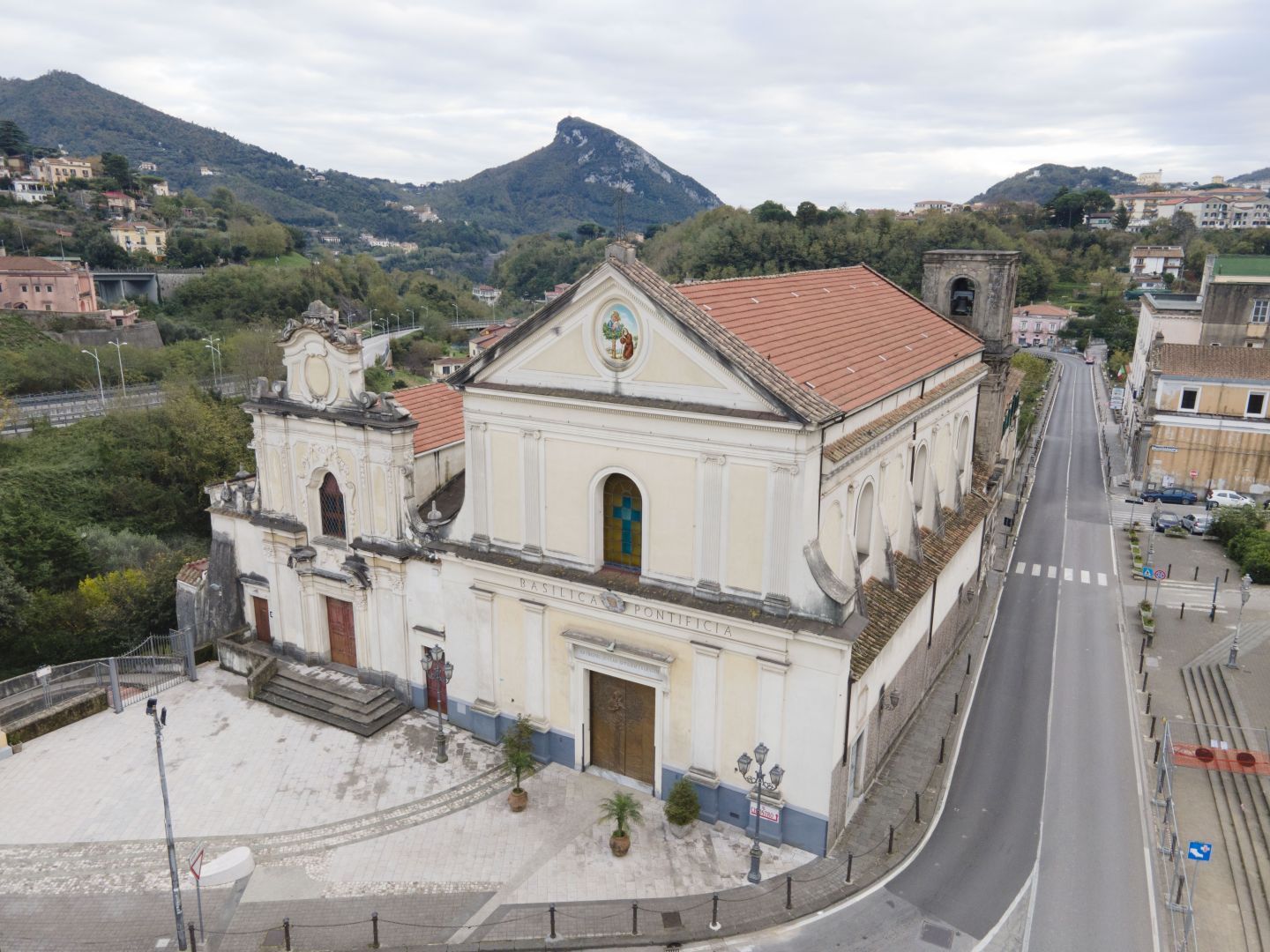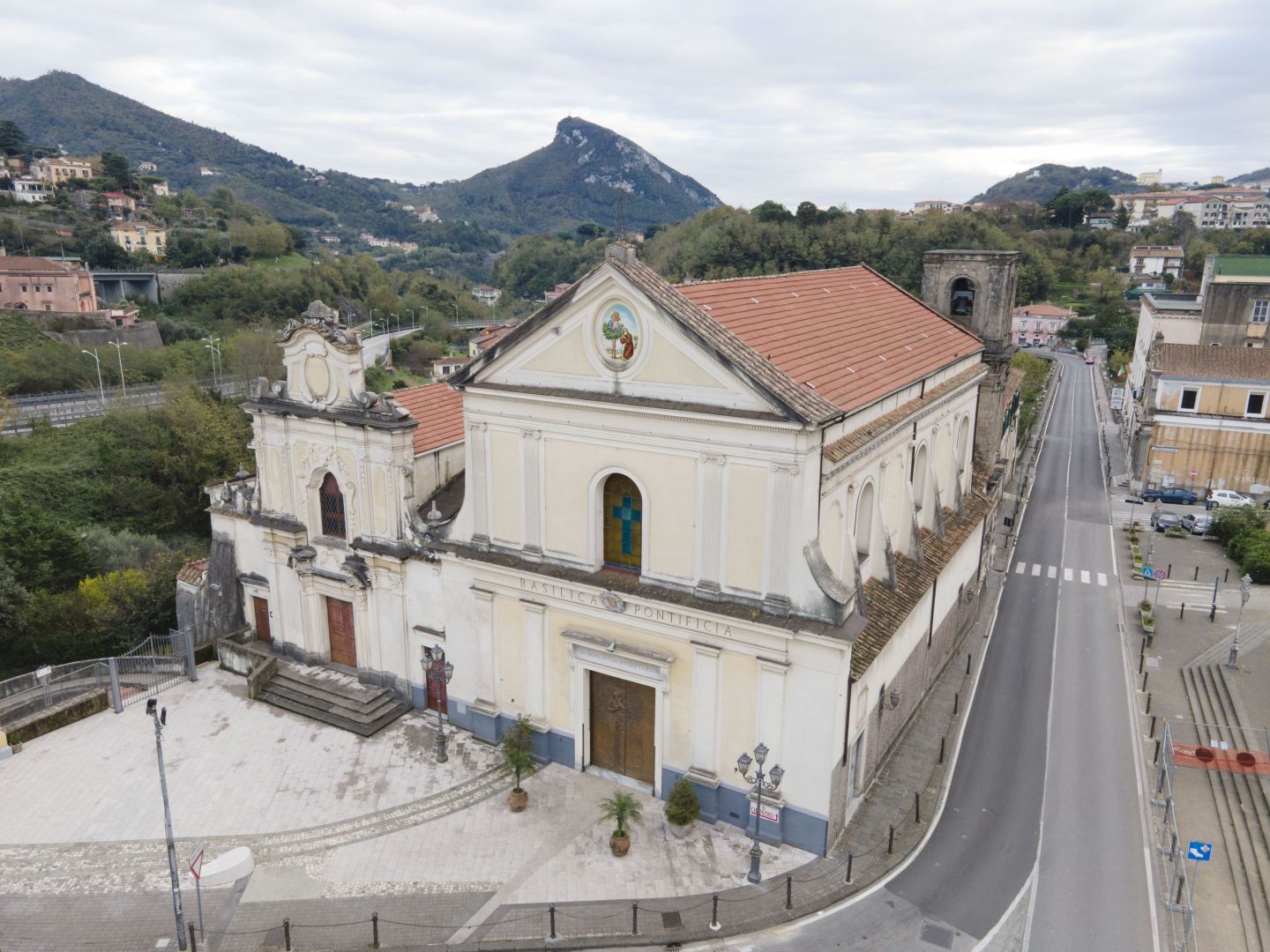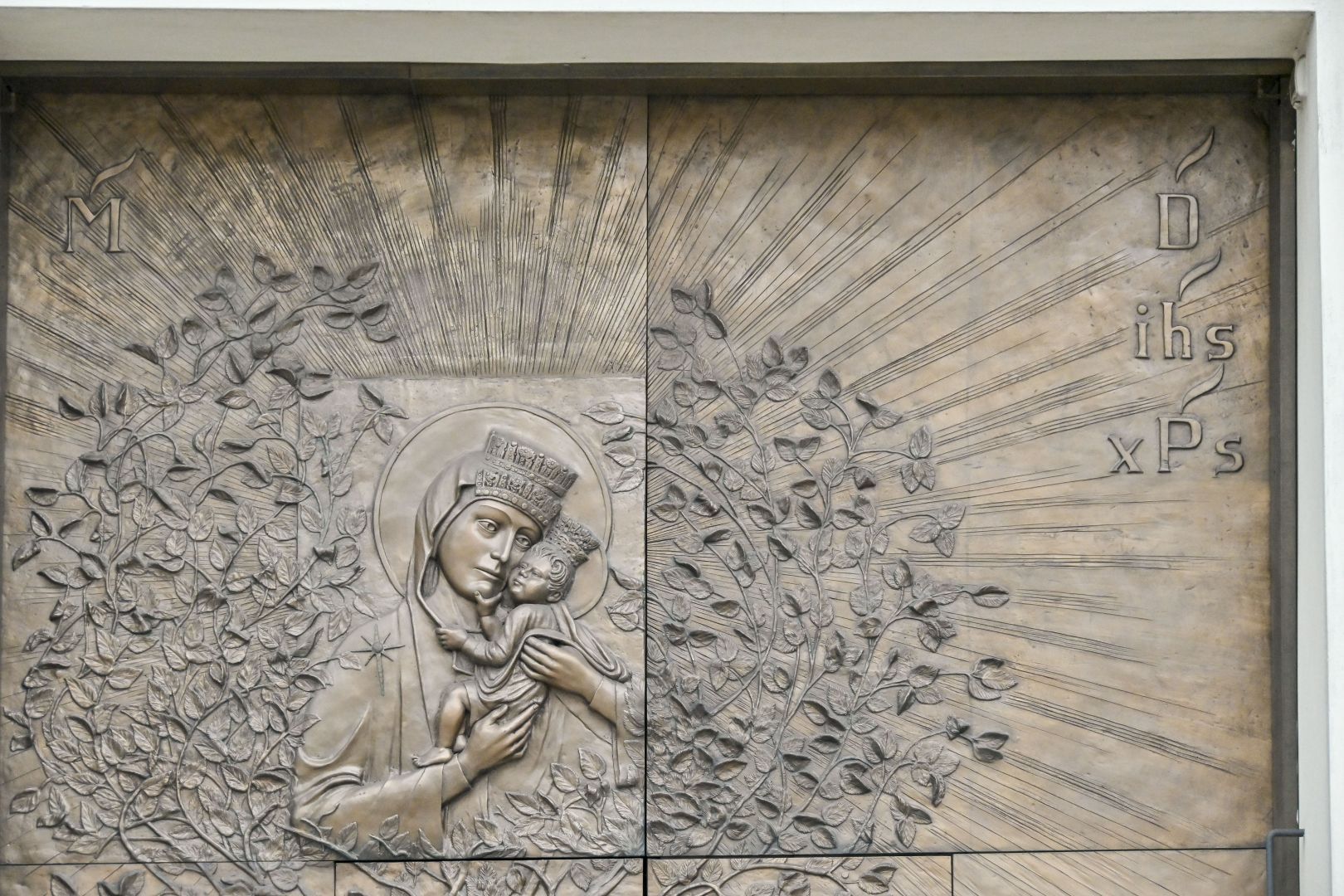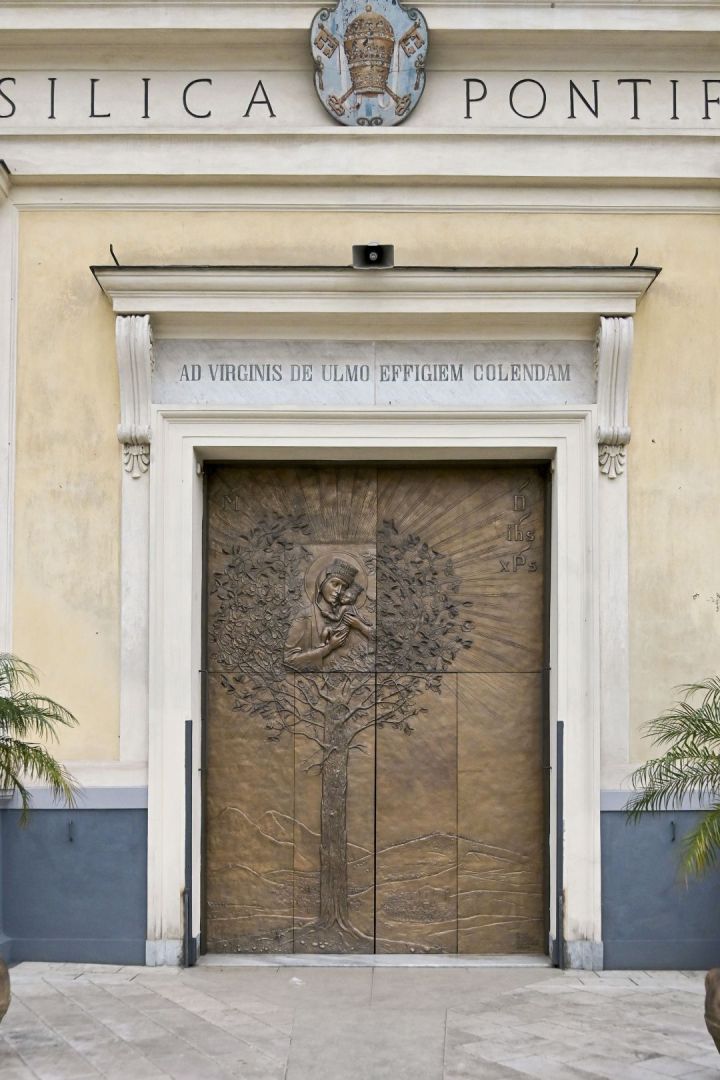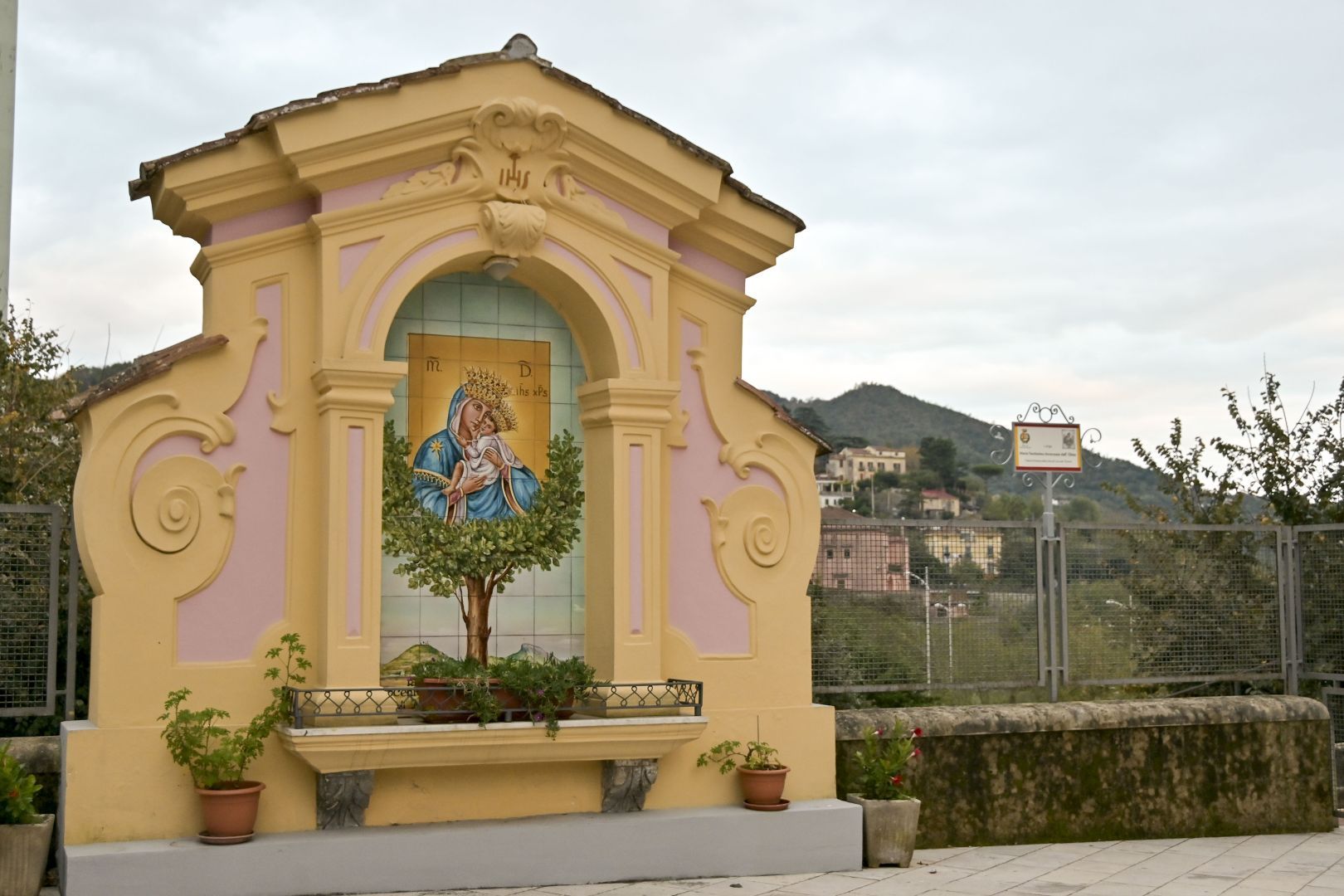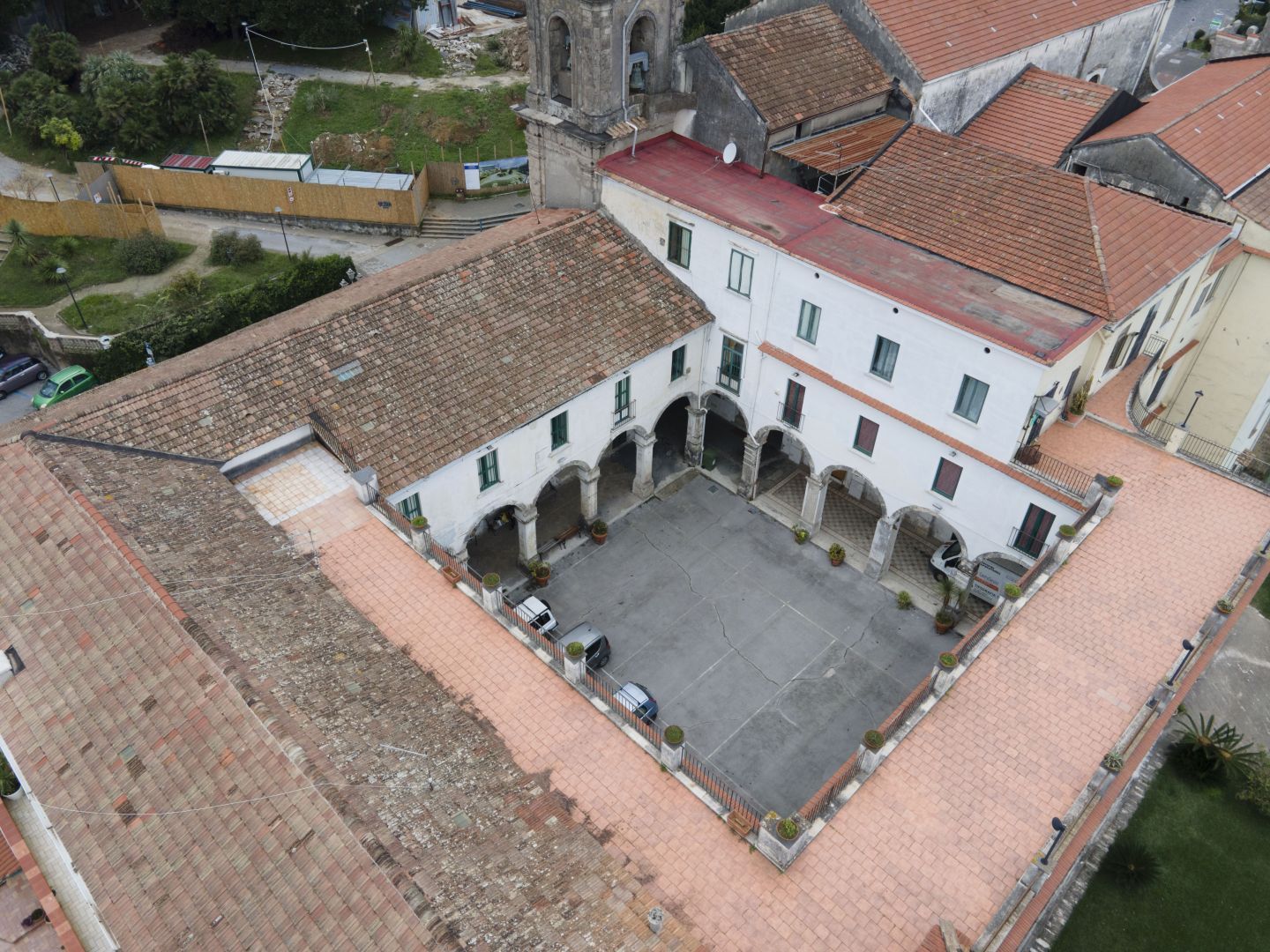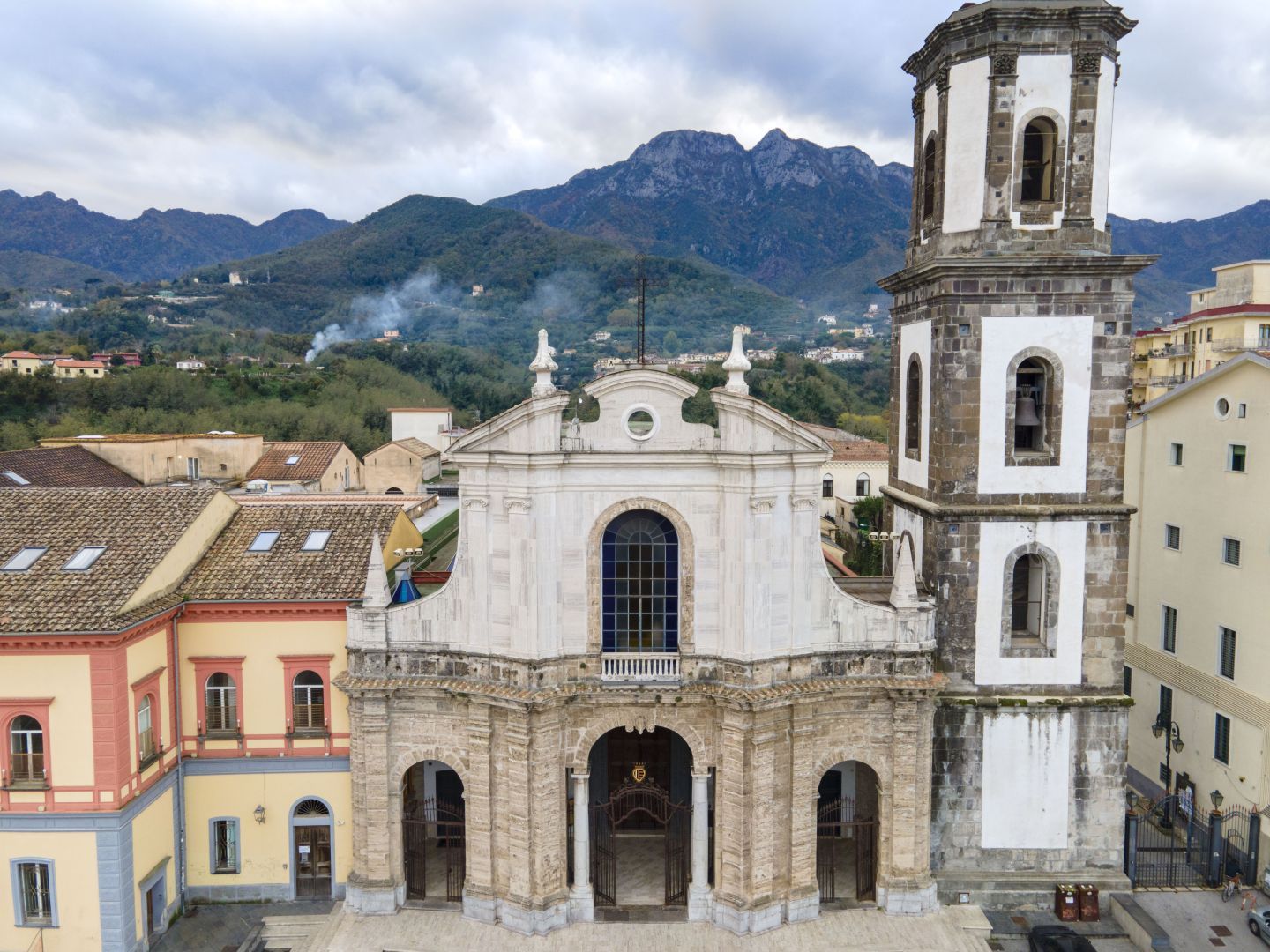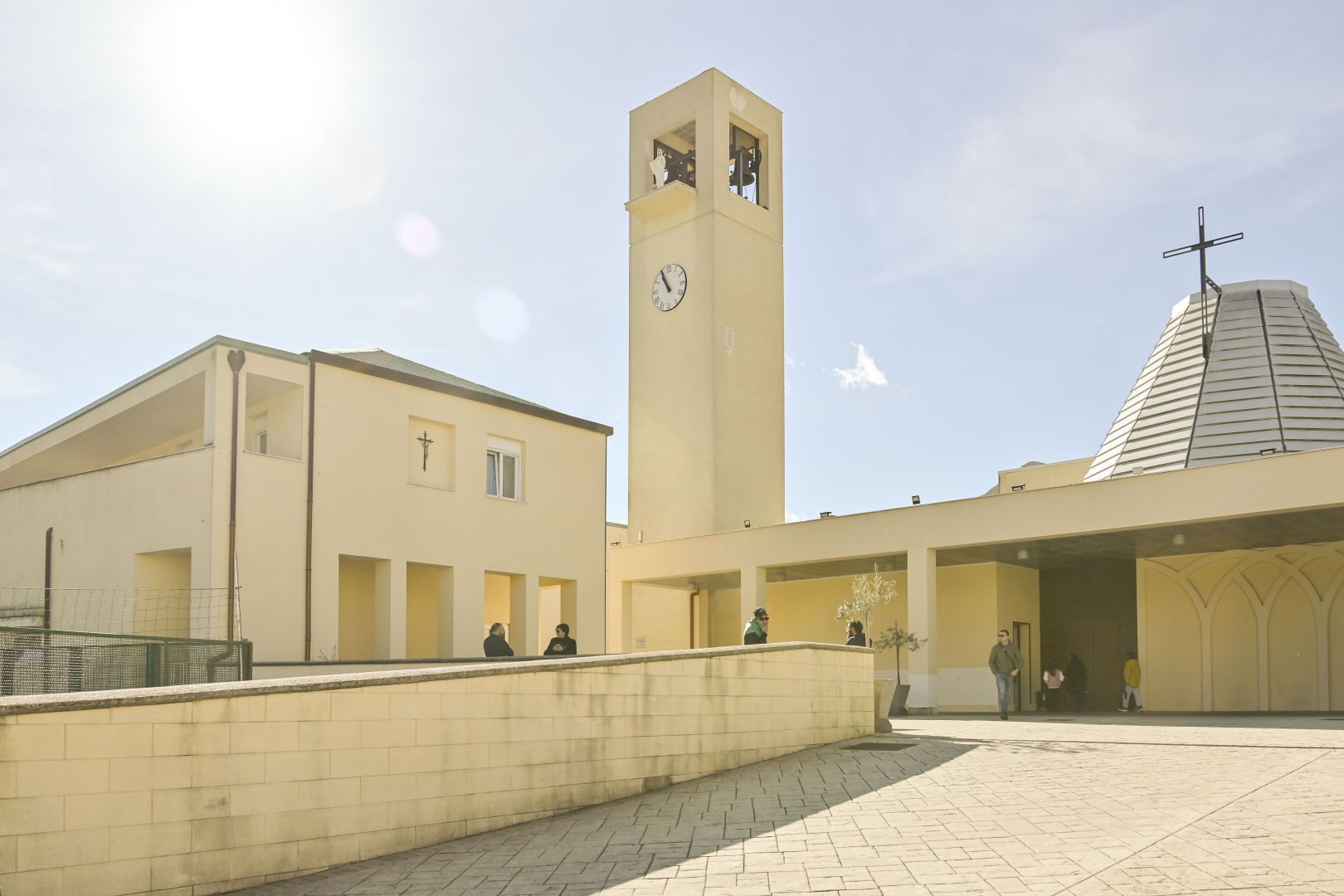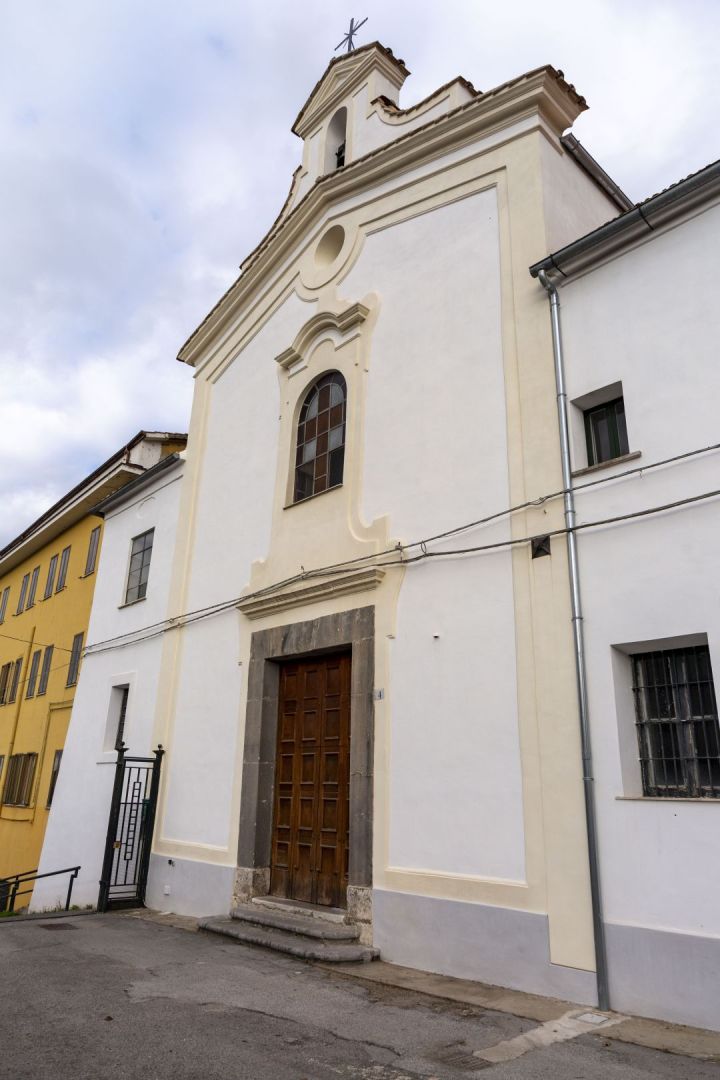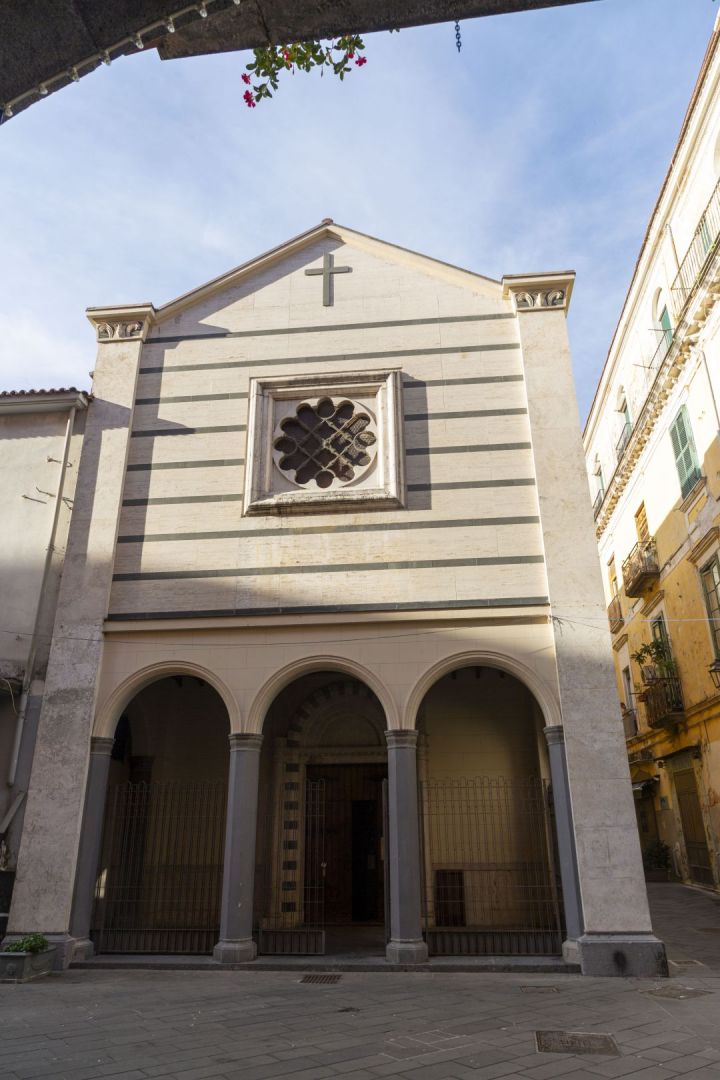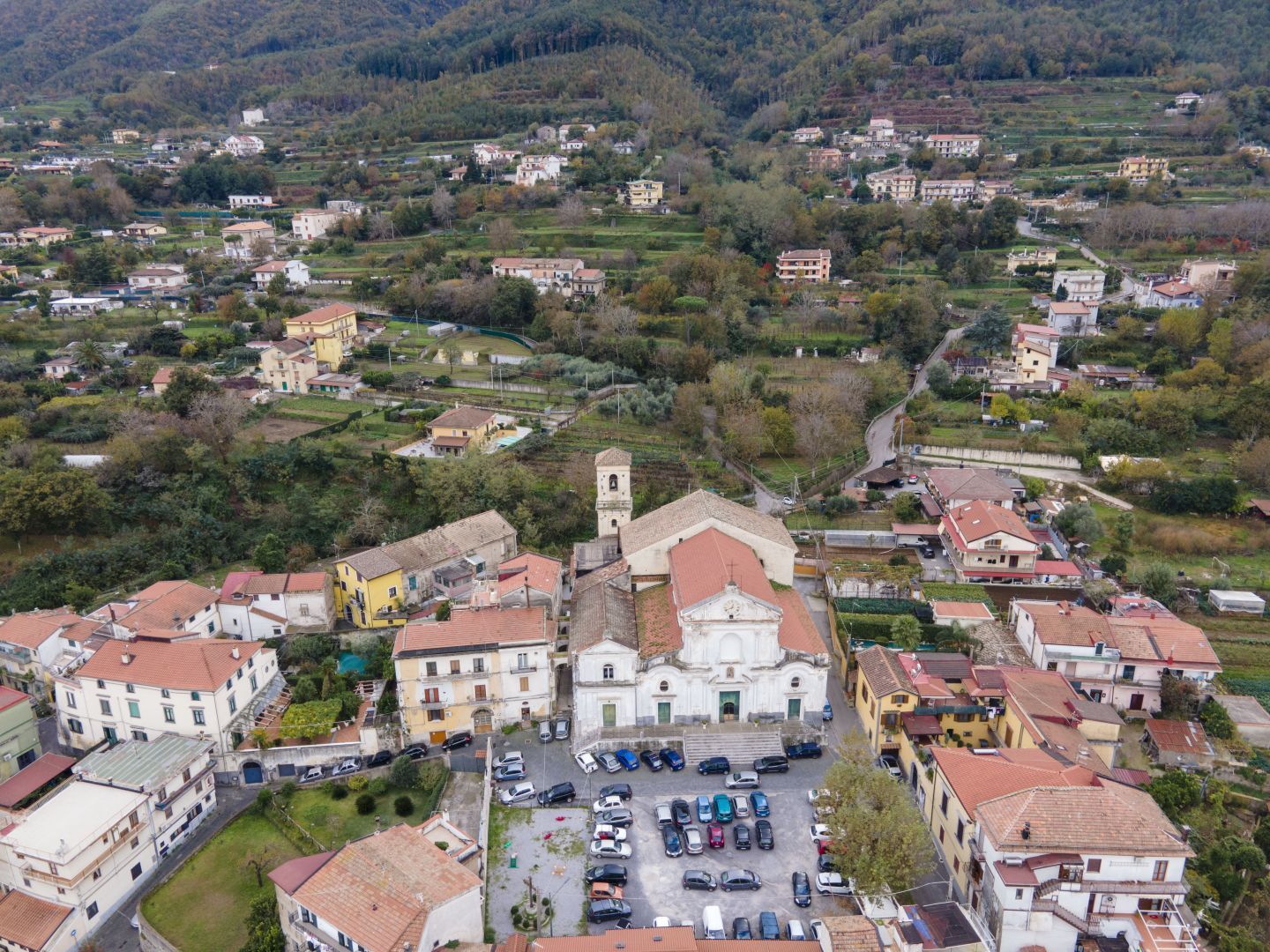Utilizziamo i cookies per offrirti la migliore esperienza sul nostro sito. Continuando a navigare, accetti l'utilizzo dei cookies.
Basilica of Santa Maria dell'Olmo
- Edifici Religiosi
- Chiesa di Santa Maria Incoronata dell'Olmo, Via Giuseppe Trara Genoino, Pianesi, Casa Davide, Cava de' Tirreni, Salerno, Campania, 84013, Italia
The Basilica of Santa Maria dell'Olmo is one of the best known places in Cava de' Tirreni. The cult of the Virgin has ancient origins and the first historical date dates back to 1482. The name of the Basilica dates back to the 11th century, when some shepherds found a painting caught in the branches of an elm tree (hence the title Madonna dell'Olmo). A chapel was built in that place, later replaced by the Sanctuary.
Description
The Basilica of Santa Maria dell'Olmo is a well-known place of devotion in Cava de' Tirreni, with roots dating back to 1482, when San Francesco da Paola laid the foundation stone for the Sanctuary, subsequently elevated to a Minor Basilica in 1931 by Pope Pius XI. Built in 1482, the Basilica has a nave with side chapels and a painted ceiling that narrates episodes from the life of San Francesco di Paola. The interior houses an altar dedicated to the Sacred Heart, enriched by the statues of S. Auditore and a marble pulpit created by Alfonso Balzico in the twentieth century. Next to the Basilica, the Convent of the Minims with a sixteenth-century cloister and the House of the Fathers of the Oratory, which houses the Library and youth activities.
Since 1672, the Madonna dell'Olmo has been the Patron Saint of the City, celebrated on 8 September. Since 1896, the Sanctuary has been managed by the Philippine Fathers, who took care of the pulpit, the altar and the organ. The Basilica is the starting point for visiting the Convent of San Francesco and Sant'Antonio, the Borgo, the Duomo, Palazzo di Città and the Villa Comunale. The name derives from the 11th century, when a Madonna was found among the branches of an elm tree, giving life to the initial chapel, later replaced by the Sanctuary. The original bell tower is still intact, and the ceiling, painted in 1683 by Ragolia, and the Balzico marble pulpit enrich the atmosphere of this sacred place.
Reviews
Login to write a reviewThere are no reviews yet
